Mastering Trade Selection and Management: Advanced Strategies for Long-Term Profitability
$17.73
| Author(s) | , |
|---|---|
| Pages |
240 |
| Format |
|
| Publication Year |
2011 |
In Mastering Trade Selection and Management, market strategist Jay Norris provides proven strategies for generating profits on a consistent basis―under all economic conditions. The secret lies not in predicting the market but rather in carefully managing your trade from beginning to end.
Introductions:
There is no doubt among high-level traders that you must have a subconscious belief that your trading method is going be profitable. However, no matter how much positive attitude you bring to the table, you have to have a trading method first.A trading method is a procedure that you will follow to identify first a market to trade, then the direction that the market is moving in, then a set of circumstances that lead you to focus in on a particular price level at a particular time, and finally a definite signal to initiate a position in that market.
How and when you use this method to enter, manage, and exit trades will be spelled out explicitly in a document you create called a trading plan. The method you employ and your trading plan will be what many experienced traders call “your edge.”The method you choose should be robust, meaning that it needs to work in any economic environment, and it should be scalable, meaning that it will work on time frames from the shorter-term intraday on up to the monthly and weekly time frames.
It needs to work in both bull and bear markets, and it needs to work in the multitude of markets that are available to investors and traders today. The method also needs to be completely independent of what you, or your friend, or your friend’s broker thinks about the current or future direction of the market in question.The method you employ needs to be able to give you the current trend for whichever slice of time you are looking at. And if by definition the method can define direction on any time frame, then it must also be able to point out at what time and at what price the direction changed.
With this information, we can now measure a market’s direction at any given time, particularly around those times when significant economic events are unfolding or have already taken place. Mastering Trade Selection and Management will teach you such a method and give you the framework to measure a stock, commodity, or currency trend on a yearly, monthly, or weekly basis, or on any other time frame, in the context of the current economic environment.
Think about that for a moment. After studying the techniques taught in this book, you will be able to quantify the effects that fundamental developments such as employment, government interestrate policy, or consumer confidence actually have on the markets you follow. You will know ahead of time what levels would need to be breached to signal a change in trend. At week’s end or month’s end, you can check the trends in the markets or investment vehicles you follow and know whether the current trend is holding or has changed.
When the market is approaching historical support or resistance levels, such as yearly highs or lows, or long-term retracement levels, you can monitor it down to the daily or even intraday time frames to help you make decisions such as to take a portion of your position off and move your stops closer, to hedge your position with options, or to exit your position and wait for more favorable circumstances.
If a sudden change occurs in the financial markets, you will have a reliable means of gauging the effects of it on any market that is of interest to you. Before any of this can happen, however, we need to demonstrate these techniques to you so that you can go on and prove to yourself how effective they are. Once you see that what we teach works, you can decide for yourself whether you want to use our methods to trade. Doing so will entail writing out a trading plan in detail, back-testing that plan extensively, then demo trading that plan in live markets for a time that is measured not in days or weeks, but in months or even years.
We know that many students will not succeed because they aren’t willing to listen or write up a trading plan or patient enough to manually back-test in an organized manner by recording trades for honest evaluation. A large percentage of retail account holders fail because they don’t know that they need to do all these things. However, many fail even after they know this because they won’t or can’t risk the resources and time required to achieve the reward, or they just aren’t suited to an endeavor in which the outcome of each individual trade is unknown 100 percent of the time.
A professional already has the will to succeed before she chooses the specific goal or method. It is unlikely that anyone can teach you to have that desire. What we give you in this book is detailed step-by-step instructions on how to select a market to trade, how to determine which direction to trade that market from, what to look for prior to trading, and when to initiate a trade.
We also help prepare you for the emotional challenges you will face in trading, such as letting a profit run and not exiting a trade too early, or being fearful of taking a trade signal and losing money, or, more to the point, fear of being wrong. We will teach you how to know whether you are trading with the long-term trend or counter to it, and show you how to differentiate between a trending and a countertrending market.
We will also teach you what to expect when managing a trade, and prepare you for the different market scenarios that can occur while you are in a trade. You need to know exactly what to do when a trade is going your way; what to do when it’s pausing, which happens often; and what to do when it seems like it’s failing.
Contents:
PART ONE: MARKET ANALYSIS
- Chapter 1: Before You Trade
- Chapter 2: Preparing to Trade
- Chapter 3: Market Overview
- Chapter 4: Identifying Strength and Weakness
- Chapter 5: Fundamentals of Risk and Price Movement
- Chapter 6: Market Framework
PART TWO: TRADING
- Chapter 7: Trade Setup
- Chapter 8: Trigger Defined and Trade Entered
- Chapter 9: Trade Management
- Chapter 10: Trade Examples with Trading Plans
Mastering Trade Selection and Management: Advanced Strategies for Long-Term Profitability By Al Gaskill and Jay Norris pdf
2 reviews for Mastering Trade Selection and Management: Advanced Strategies for Long-Term Profitability
Clear filtersOnly logged in customers who have purchased this product may leave a review.

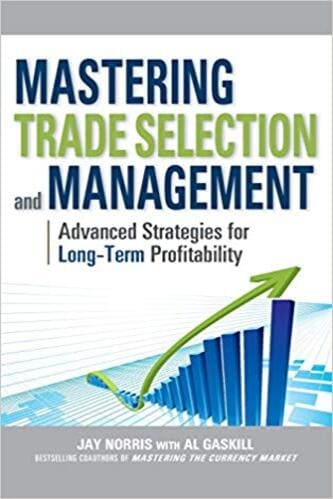
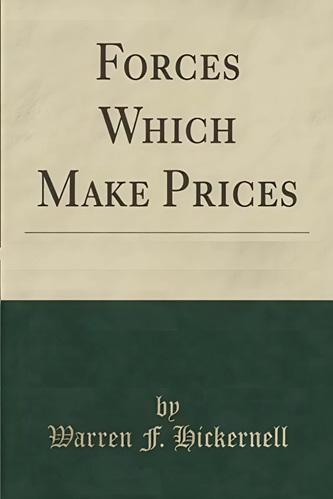
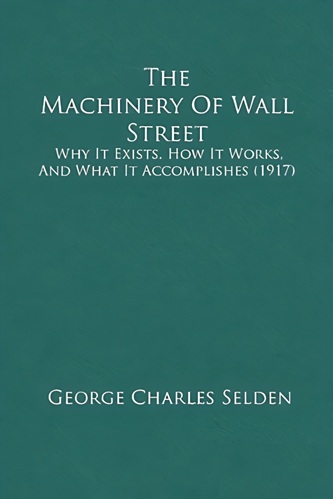
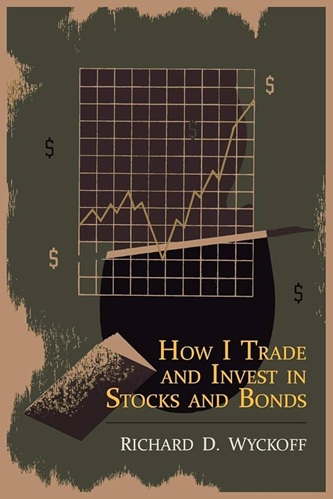
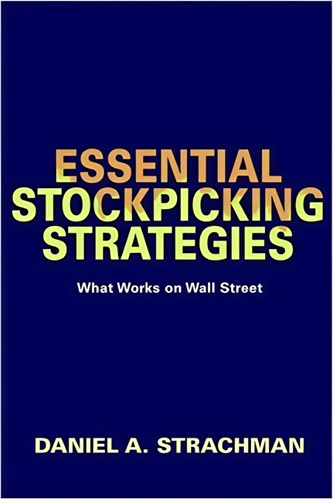
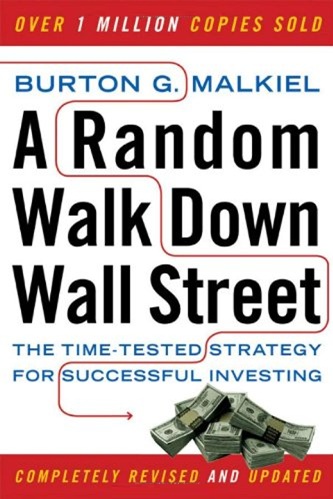

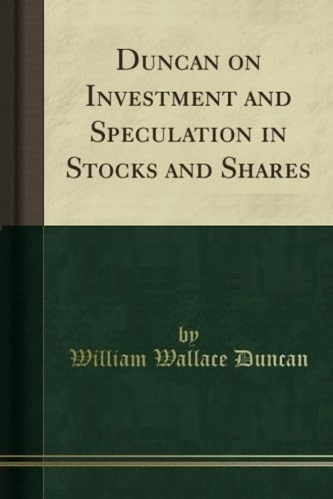

Kory Pineda (verified owner) –
Haven’t read the whole book yet, about half of it. But it seems to be a good book for momentum and price action. A lot of it pertains to the MACD , Fibs and Key level areas. Also emphasizes fundamentals. I like the book because it is detailed and explains price action and turning points pretty well. If your into price action, which can cover many aspects of trading, from Wyckoff to Nison and even Tom Williams VSA. Also has some explanation of supply and demand. If your a diverse trader then this would be a good book to get some ideas.
Lucius Luna (verified owner) –
This is a good book and contains good information if you are prepared to sit and study it. I have now bought Jay Norris other book which I also am enjoying.